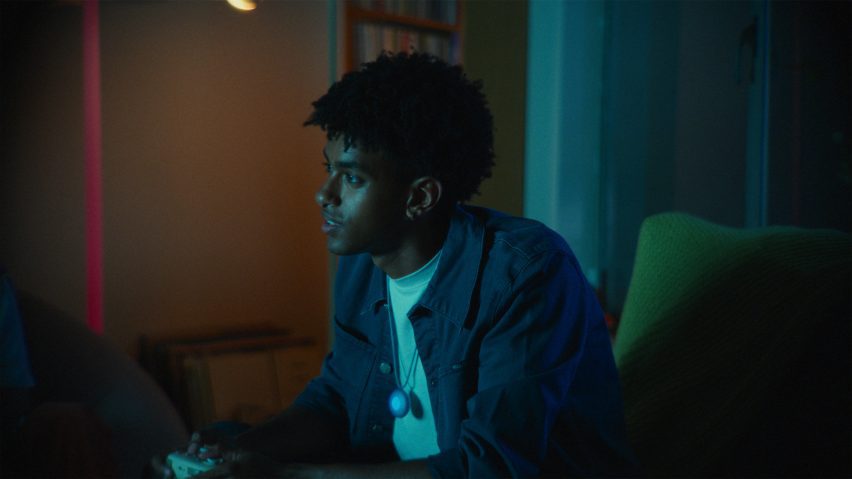
Seven portable AI devices that attempt to give shape to a new technology
Following the recent launch of a necklace wearable that provides AI friendship, here are seven products that are trying to imagine the future of hardware for artificial intelligence.
If 2023 was the year that familiarised consumers with AI through ChatGPT, Midjourney and other apps, 2024 has been the year of the AI device, with several companies attempting to build on the technology to create the next smartphone, smartwatch or other indispensable personal gadget.
These are not just devices that incorporate AI into their software but that put the technology at the core of the user's experience and attempt to devise new ways of interaction.
Is AI the beginning of the end of the smartphone? Will we live with more technology but fewer screens? These seven devices provide a glimpse into possible futures.
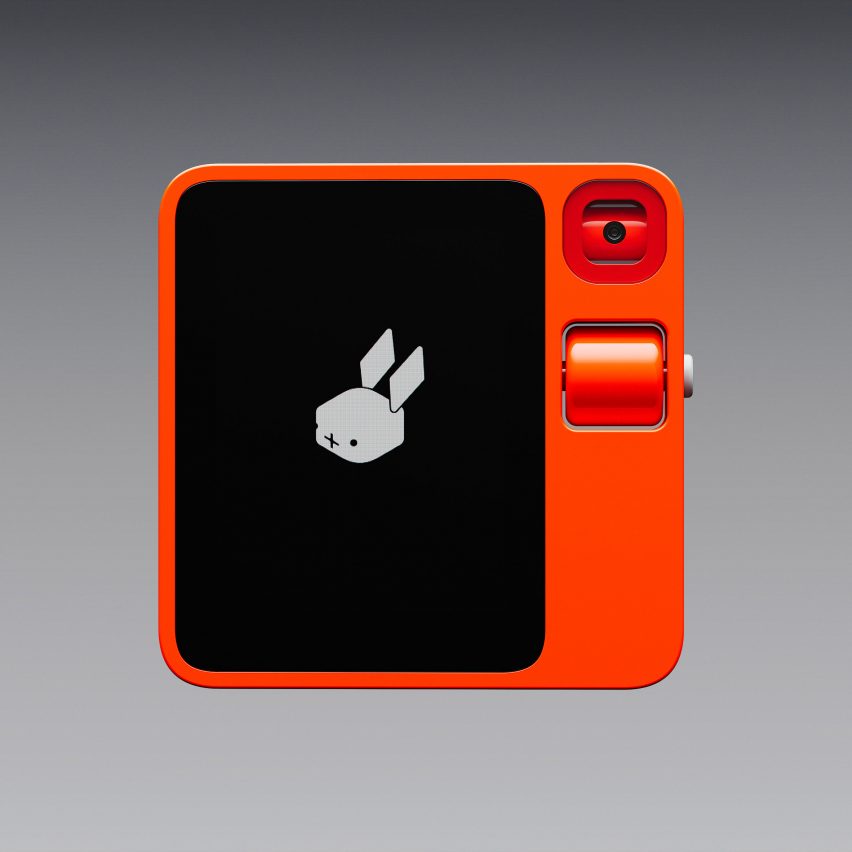
R1 pocket companion by Rabbit and Teenage Engineering
When it debuted at trade show CES at the start of this year, the Rabbit R1 became the first device to start a mainstream conversation about how AI might change the way consumers interact with their personal devices.
With a design by innovative studio Teenage Engineering, the AI assistant promised a complete rethink of the digital experience, centring natural language rather than apps and screens. The R1 has an almost cute, Tamagotchi-like look and a natural language-focused mode of interaction where the user speaks into their device like a walkie-talkie.
This prompts the assistant to action their request, whether that be booking flights or "looking" in the fridge to suggest a recipe.
At the same time, Rabbit pushed back against current security norms, with a touch-to-talk button avoiding the "always listening" mode of smart speakers and a camera lens that rotates to a covered position until requested.
However, for all its promise, the R1 met with poor reviews upon release, with The Verge describing it as "underpowered and undercooked" and Wired calling it "fairly useless".
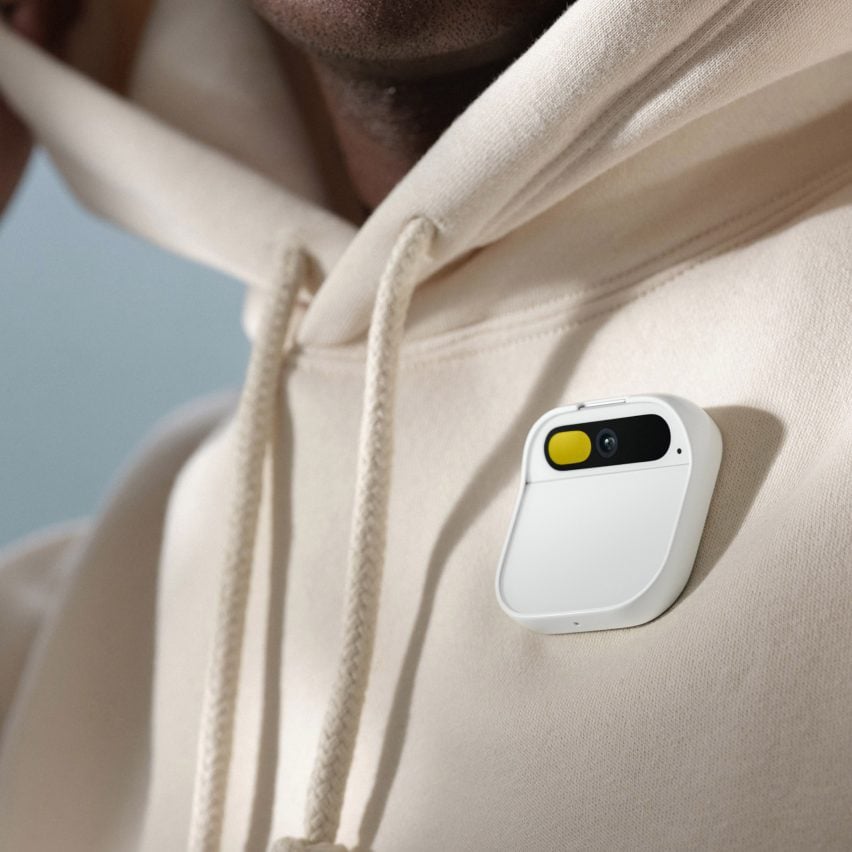
Even more so than Rabbit, Humane associated its AI Pin with "ambient computing", which refers to the idea that technology could run seamlessly in the background of our lives, with interaction triggered through voice rather than distracting screens and keyboards.
Humane envisioned bringing this about through a small, screenless device that attaches to the front of the user's shirt like a badge. From there, it acts as an "assistant and second brain", responding to questions, interpreting its surroundings and actioning tasks.
Users press a finger to the touchpad on the front of the device to ask it questions. And in the rare moments a screen is needed, there is a "Laser Ink Display" that functions like a tiny projector.
The AI Pin's functionality was intended to include making calls and sending messages, capturing photos and 15-second videos, translating languages, identifying objects and taking notes. However, it proved slow or incapable of performing these tasks when it was released in April, prompting a slew of bad reviews equal to the R1.
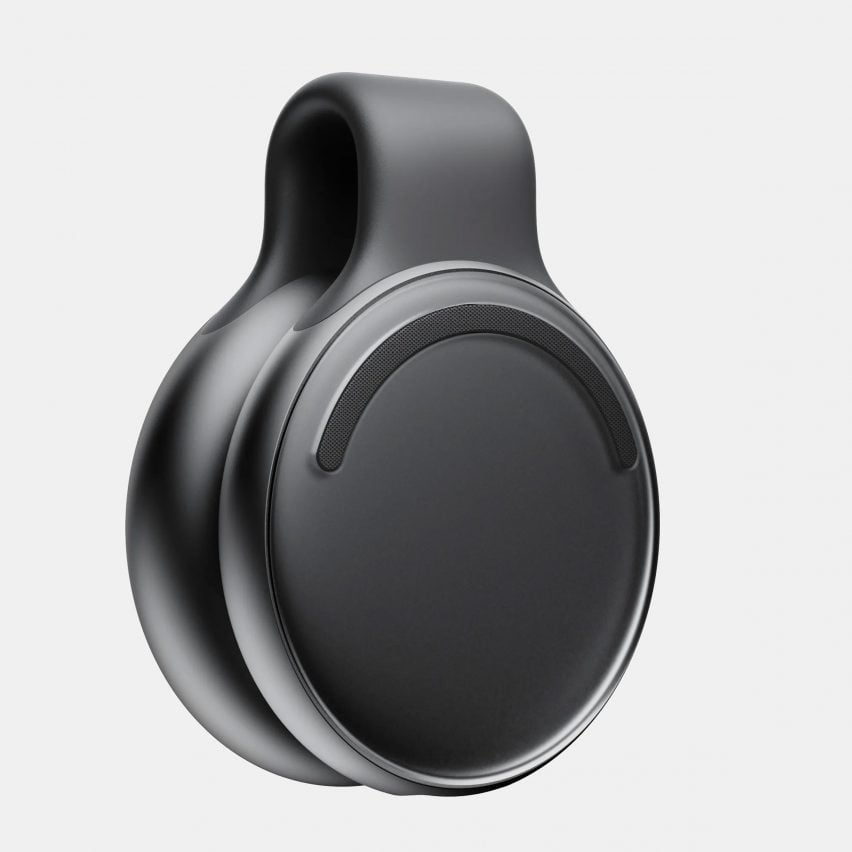
Perhaps in response to Rabbit and Humane's lacklustre reception, Limitless has marketed its wearable with a more narrow functionality. The device targets productivity, with an AI assistant that records the user's conversations – whether business or personal – and digests them into transcripts, takeaways and action points.
It takes the form of a pendant that can either be worn around the neck or magnetically clipped to a shirt, similar to Humane's AI Pin, and CEO and co-founder Dan Siroker has spoken about how he wants the device to augment human intelligence by compensating for our limited powers of memory and focus.
Unlike the previous entries on this list, Limitless is also making its tech available as an app for people who don't want a separate device. Consumers will be able to judge the wearable's usefulness for themselves soon, as it is due to start shipping this month.

Unveiled this month and expected to ship early next year, Friend has a different vision for how an AI-first device would integrate into people's lives: as an ever-present and supportive companion.
Friend works similarly to Limitless, recording everything in the wearer's surroundings throughout the day. But it uses this information to send conversational text messages in the manner of an observant buddy.
Company founder Avi Schiffmann has spoken about how he pivoted away from making a productivity-focused AI wearable after deciding that the technology was more suited to combating loneliness. The device again takes the form of a pendant, and Schiffmann has welcomed comparisons of the concept to a Tamagotchi.

Most smart rings focus on health and fitness tracking, and several are starting to integrate AI into those features. But Korean company VTouch is the first to imagine the smart ring as a primary means of interaction with AI, again picking up on the idea of ambient computing.
Its Wizpr ring activates when the user brings their hand to their lips and they can speak into it as gently as in a whisper. The ring is designed to be used in conjunction with earphones so the user can hear the assistant speak back to them.
Wizpr's custom AI will include variations tailored to act as a sports expert, travel agent, psychologist and art curator, sharing information about works as the wearer strolls through a gallery. VTouch will also allow users to switch to ChatGPT or Gemini and command their smart home devices. The company intends to start shipping the product in September.
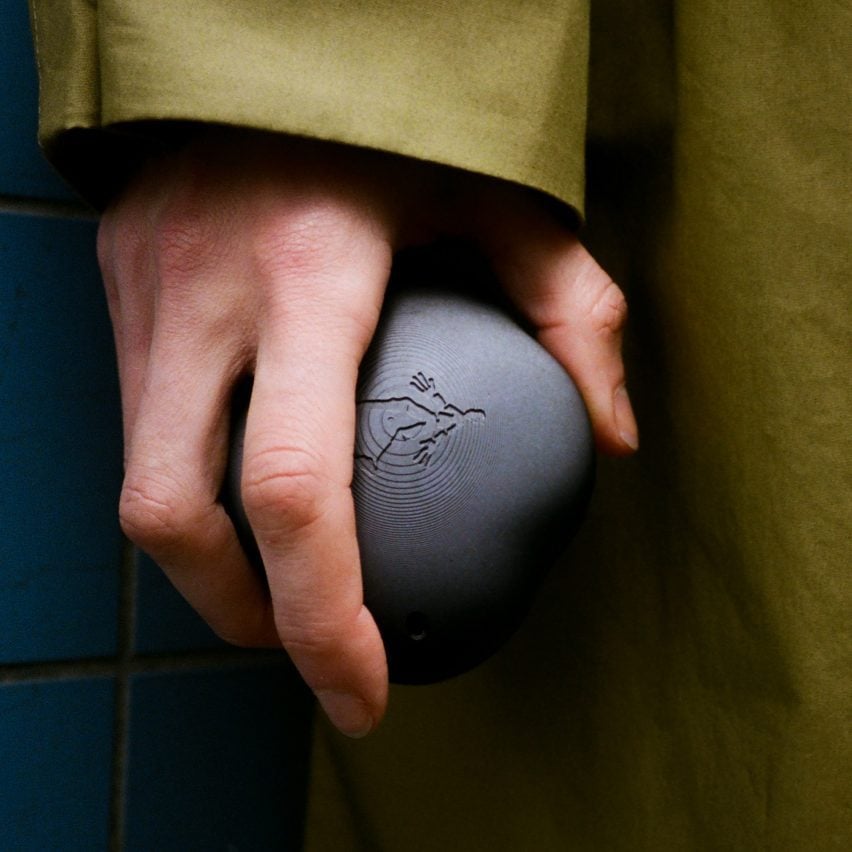
Terra compass by Modem Works and Panter & Tourron
Created by design studios Modem Works and Panter & Tourron, Terra is really a single-purpose gadget that guides the user on phone-free walks. It's not aiming to revolutionise technology, but it does present a subtle vision for how things could be different.
The idea is that rather than looking at maps on their phone, the user can give Terra prompts for the kind of walk they want take and it will generate a customised route, using haptic feedback and a compass-like arrow interface to guide them in the right direction.
Terra is smooth, stone-like and pocketable, and its design has been open-sourced so that it can be made by anyone, anywhere with access to a 3D printer and basic electrical components. Terra's world is one where people are not just freed from the distractions of their phone but encouraged to feel connected to the world around them.
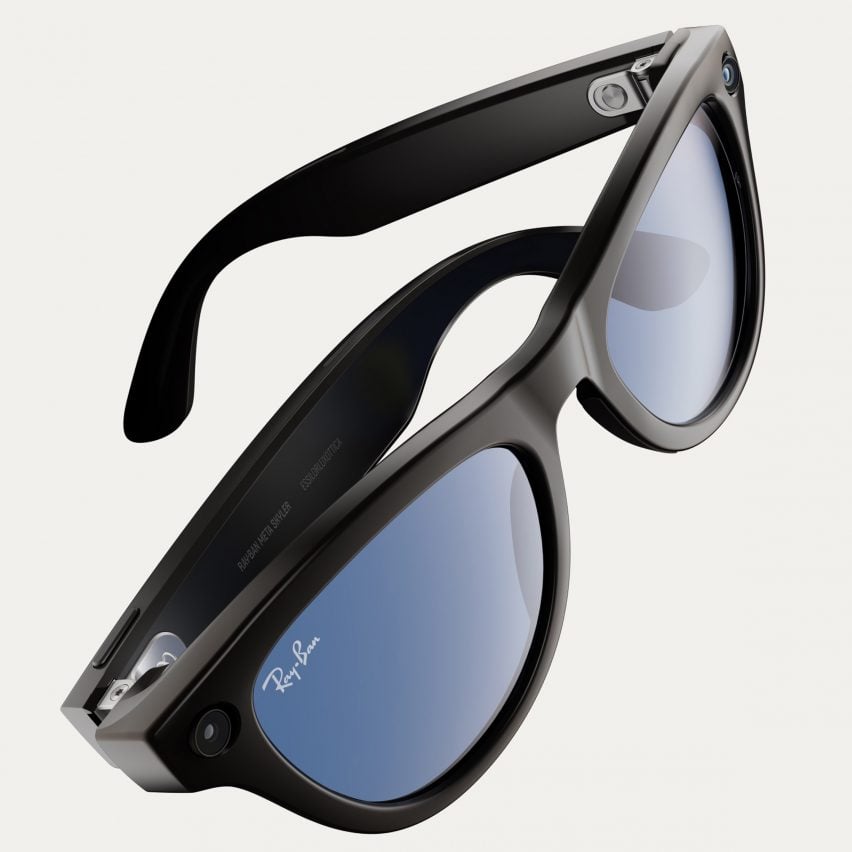
Ray-Ban smart glasses by EssilorLuxottica and Meta
Rather than trying to invent a new product category, Meta has tried to conceal its AI as much as possible, via a wearable made in partnership with eyewear brand Ray-Ban that looks almost entirely like an ordinary pair of glasses or sunglasses. It also didn't launch as AI-first – Meta began offering the AI assistant as a software upgrade earlier this year.
But this approach seems to be paying off for Meta, with sales exceeding expectations and reviews finding a lot of positives in the upgraded device.
Users can take advantage of the built-in camera to ask questions about objects in their environment, such as buildings, grocery items, street signs and maps. Meta's version doesn't include a display – users hear answers as audio or view them on the companion app – but a small screen is part of the package in the Frame smart glasses, a new rival product by Brilliant Labs.